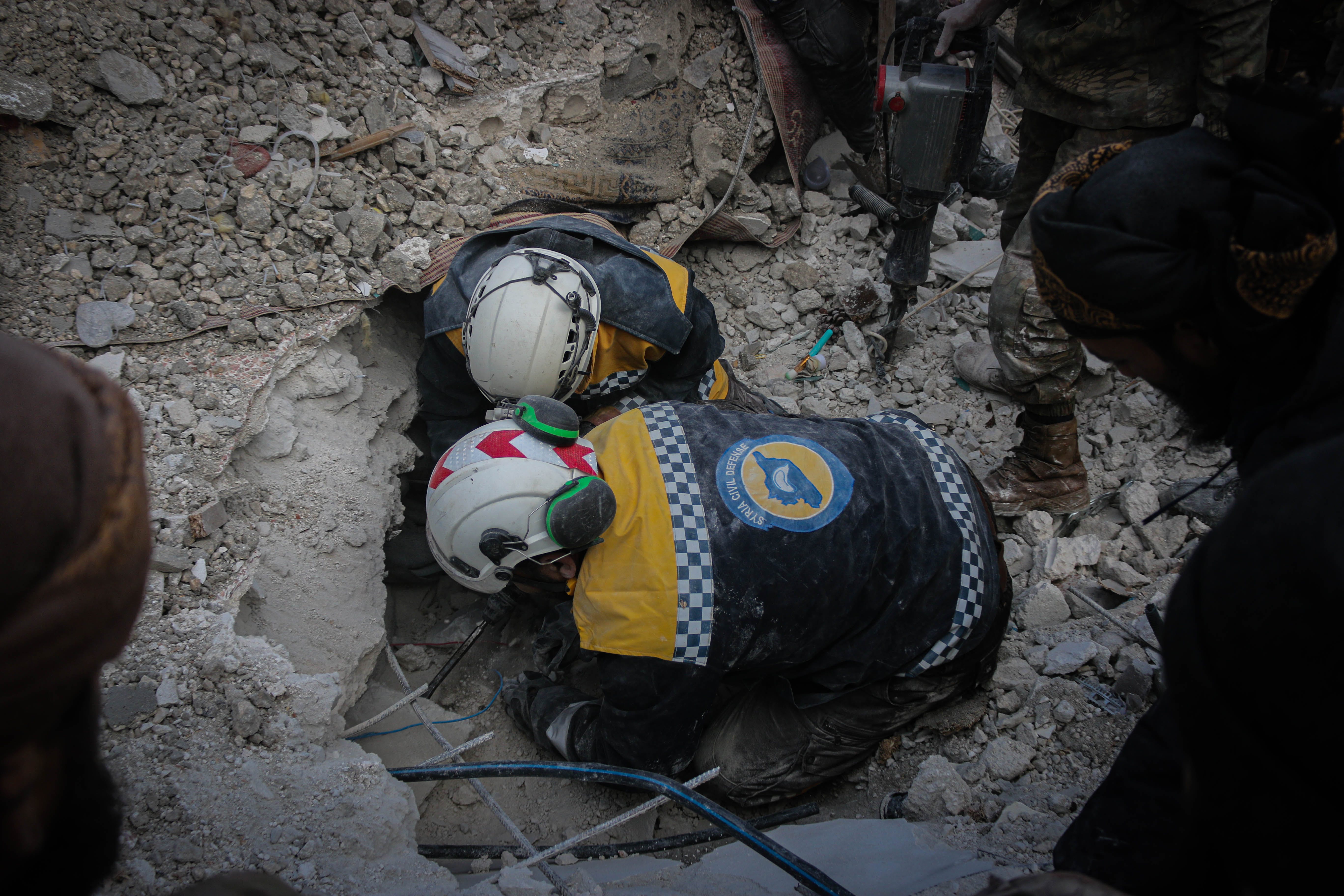The Australian Federal Budget announcement last month revealed significant markers of the current priorities of our country in terms of foreign aid. In an address to the Defence Connect Budget Summit 2024, Minister Pat Conroy quoted President Joe Biden, “Show me your budget, and I’ll tell you what you value.” This is certainly true of our budget, and it is apparent that the government does not value foreign aid and development assistance, at least not in comparison to military and defence spending. Australia’s ODA (official development assistance) increased a measly $193m in nominal terms compared to the previous year. However, in real terms, this represents a plateau or flattening out of the aid budget, and it is set to continue on that trend. Australia’s ODA budget represents just 0.68% of total budget spending, which is the lowest level on record. Take this in comparison to defence spending. Defence spending dominates ODA in a ratio of 16:1. In comparison to the 2.5% increase in ODA over the next decade, defence spending is set to increase by more than 6%, second in growth only to interest and the NDIS. Nominally, this is an increase of $5.7 billion over the forward estimates (next four years).
How ODA is dominated by geopolitics
A breakdown by sector of ODA spending reveals a strong trend towards infrastructure and services taking a greater precedent over other forms of aid activities. This paired with funding by region trending increasingly towards the dominance of the Pacific and Timor-Leste, one must question the motivations behind these decisions. Are these trends a reflection of a needs-based assessment of the landscape in terms of location and activity? Unfortunately, that is unlikely. These trends can be largely explained by existing geopolitical tensions in the Pacific region. In the last five years, China has been exercising an increasing presence in the Pacific region in terms of military and aid support to countries such as the Solomon Islands. A large proportion of Chinese aid spending has been towards infrastructure activities. These behaviours have undoubtedly created a sense of unease for Australia as US-China relations continue to deteriorate, and so the proximity of Chinese infrastructure and possible military activities with our Pacific neighbours is grounds for concern. Unfortunately, push back against these activities has come in the form of shifting Australian development activities to match and asserting our status as a key regional donor. This link is only solidified by the fact that Minister Pat Conroy is simultaneously the Minister for Defence Industry and the Minister for International Development and the Pacific. The link between ODA trends and geopolitical concerns cannot be disentangled.
Implications on Humanitarian Crises
Considering humanitarian aid in the context of the budget reveals some concerning trends. Australia’s Humanitarian Assistance Fund currently sits at $150m and has done since 2018-19 . This is reflected in the budget, as humanitarian funding as a percentage of ODA has remained consistent for over 5 years. Compare this to defence which has increased a whopping 36% in the same period. While increased defence spending is largely directed towards arms including weaponry and armoured vehicles, conflict situations jointly considered as humanitarian crises, such as the Hamas-Israel conflict in the occupied Palestinian territories, and the war in Ukraine are explicitly mentioned in the budget. While extensive detail is not made available, according to the ADF website there are several current deployments of ADF personnel to international humanitarian crises, and the DFAT website recognises that “across the world, humanitarian need is increasing”. This all points towards defence playing an increasing role in humanitarian crises going forward. This shifting allocation of budget for crises and conflict from the aid portfolio to the defence portfolio will have significant implications for the experience of civilians in humanitarian contexts, where ADF personnel are present and elsewhere. This shift in funding is not isolated to Australia. Criticism has been made by the OECD of the United States’ increasing ‘militarisation’ of aid. If defence personnel are set to take on more humanitarian functions as a result of funding shifts, what would the implications be for civilians in humanitarian crises?
Implications of military actors performing humanitarian functions
The most important consideration in this discussion should be the possible implications of the military deployment of aid on civilians in humanitarian crises. Overall the stagnation of humanitarian funding, coupled with increasing prevalence of crises means that consideration of civilian-military interactions must be at front of mind. This increasing role of military personnel may be detrimental for civilians on the ground in crises. Scholarship on civil-military interactions shows significant evidence that the effectiveness of defence personnel in performing humanitarian activities is poorer in some areas compared to NGOs or specially trained actors. While defence may excel or assist in areas such as logistics or evacuations, they are not trained in humanitarian activities the way that specialised workers are. Associating the military with humanitarian behaviour can be problematic for civilians, especially in conflict situations, where there may be a general mistrust of the military. This creates restrictions in accessing aid. Differences in language use and communication between humanitarians and military groups can also negatively impact how civilians experience and receive aid depending on which actors are involved.
Overall, the new Federal budget is undoubtedly disappointing from a humanitarian perspective. The exponential increase in the defence budget compared to the stagnation of ODA, and the humanitarian sector more specifically is likely to have strong negative implications for civilians involved in humanitarian crises. It is equally concerning that this trend is not isolated to Australia. Many Global North donor countries are reflecting this trend. As humanitarian scholars, whilst continuing to advocate for increased ODA funding from the Australian government, we must also ensure that discourse reflects this shift, and that significant effort goes into promoting ethical and effective civil-military interactions in humanitarian crises.






